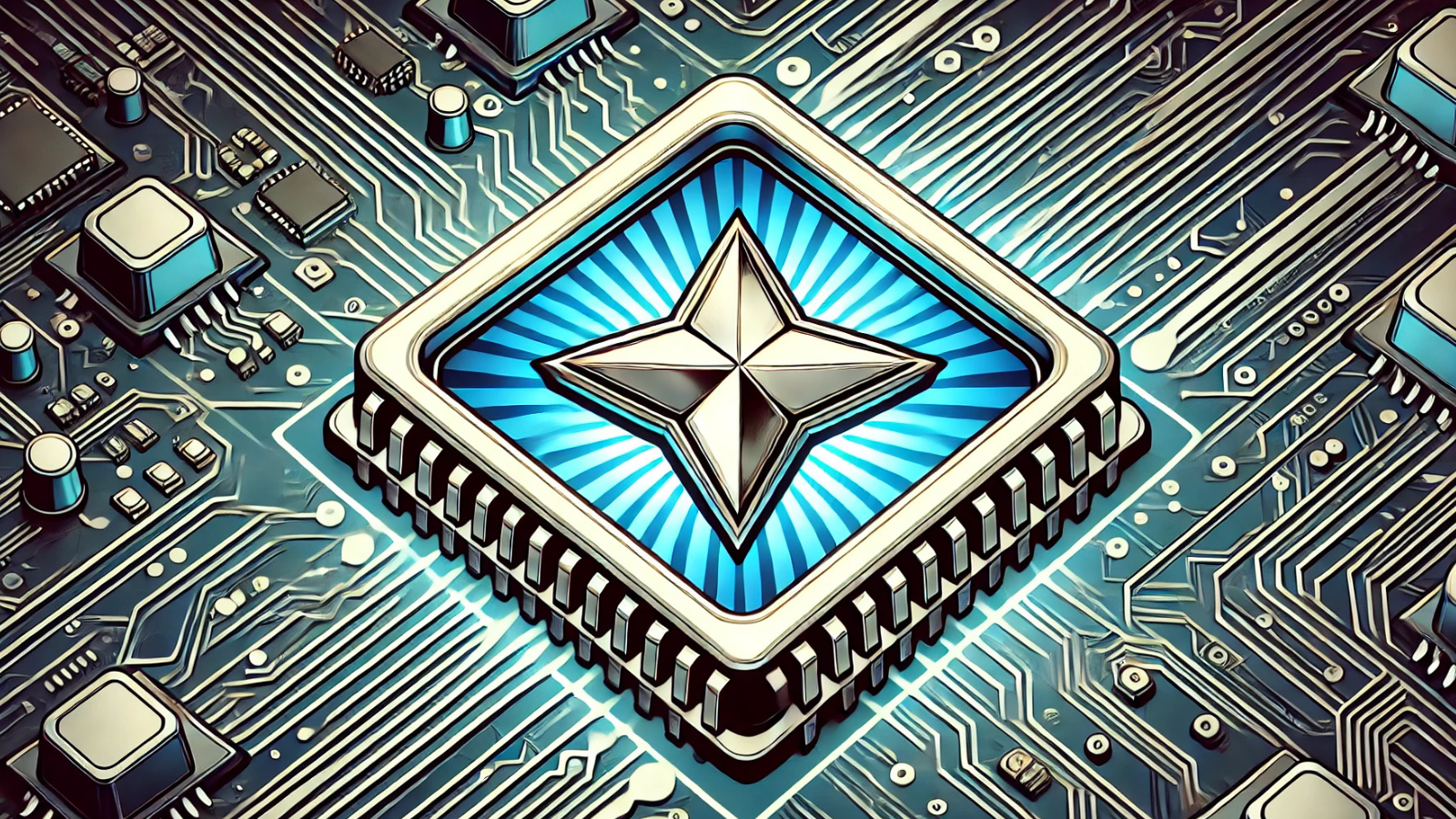Exploring MapleStory Universe: Bridging Web3 and MMORPGs

Since its launch in 2003, MapleStory has remained one of the most beloved MMORPGs, capturing the attention of millions of players worldwide. Its charming 2D side-scrolling mechanics, immersive gameplay, and engaging social elements helped it build a massive global following. Over the years, the game has amassed more than 250 million registered users and has generated over $5 billion in revenue. However, as with many long-standing MMORPGs, MapleStory has encountered significant challenges, particularly in managing in-game inflation and ensuring long-term player engagement.
To address these concerns and modernize the game’s ecosystem, Nexon introduced MapleStory Universe, an ambitious blockchain-integrated gaming ecosystem. This project represents Nexon’s foray into the Web3 space, aiming to revolutionize asset ownership, introduce sustainable economies, and retain the essence of the original game while providing new opportunities for players and developers. Through a structured reward system, NFT integration, and decentralized applications (dApps), MapleStory Universe seeks to create a sustainable, player-driven economy that ensures asset longevity and fair market conditions.
Blockchain Integration and Economic Framework
As a veteran in the gaming industry since 1994, Nexon has consistently pushed the boundaries of online gaming. MapleStory Universe represents a significant shift in how in-game assets are perceived and utilized. Unlike traditional games where players do not own their digital assets, Nexon has embraced blockchain technology to provide genuine asset ownership while maintaining a stable in-game economy.
At the core of this transformation is the Nexpace Protocol, an advanced blockchain infrastructure designed to support MapleStory Universe’s economic model. Built on an Avalanche subnet, this protocol ensures fast, scalable, and low-cost transactions, which are critical for handling millions of daily in-game interactions.
To prevent issues such as in-game inflation, the ecosystem integrates NXPC tokens, which serve as the primary value representation of game assets and transactions. By leveraging blockchain’s transparency and decentralization, Nexon aims to create an economy where assets retain their value over time, preventing unlimited item issuance that often leads to economic instability in traditional MMORPGs.
Furthermore, Nexon has introduced a marketplace for item trading, along with an on-chain item tracker that allows players to monitor their assets. These features enhance player engagement by providing a clear and transparent ecosystem that enables real ownership and fair trading.
Core Components of MapleStory Universe
The MapleStory Universe ecosystem consists of several interconnected elements, each playing a vital role in enhancing the player experience and sustaining economic stability.
1. MapleStory N
MapleStory N serves as the main MMORPG within the MapleStory Universe. While it retains the classic 2D side-scrolling experience, it introduces NFT-based item ownership, allowing players to earn, trade, and transfer their in-game assets beyond the game’s confines. This feature provides an added layer of investment, giving players more reasons to engage in the game’s economy.
2. Synergy Apps
Synergy Apps serve as user-generated content platforms, enabling players to create and share custom worlds, quests, and experiences. They also include decentralized applications (dApps) such as the Marketplace, where players can trade NFTs, and the Explorer, which provides on-chain transparency into game data.
3. MapleStory SDK
This software development kit (SDK) is designed for third-party developers to integrate their applications into the MapleStory Universe. By providing a toolkit, Nexon aims to encourage community-driven expansion of the game’s ecosystem, allowing external developers to create custom modifications, new gameplay experiences, and additional dApps that further enhance the universe.
4. Reward Experience (RX) 2.0
The RX 2.0 system plays a crucial role in managing the game’s in-game assets. Unlike traditional MMORPGs where items are infinitely minted, MapleStory Universe implements a fixed supply of assets through blockchain minting. This mechanism ensures that every in-game item has real-world scarcity, enhancing its long-term value and mitigating hyperinflation.
Dual-Token Economic Model: NESO and NXPC
MapleStory Universe operates on a dual-token economy that balances in-game transactions and broader economic stability.
1. NESO (In-Game Currency)
NESO functions as the primary in-game currency, earned through quests, battles, and events. While initially off-chain, NESO can be converted into an on-chain token, allowing players to mint their assets into NFTs. These NFTs can then be traded in the marketplace, giving players greater control over their in-game wealth.
2. NXPC (Ecosystem Token)
NXPC acts as the core economic foundation of the MapleStory Universe, with a fixed supply of 1 billion tokens. The Fission and Fusion mechanisms ensure controlled asset issuance:
- Fission: Players use NXPC to acquire in-game items.
- Fusion: Players can merge NFT items, burning excess supply in exchange for NXPC, ensuring a balanced economy.
Playtests and Player Engagement
To refine its mechanics before the official launch, Nexon conducted structured playtests:
First Pioneer Test (July 24 - August 2, 2024)
- Conducted with 1,000 participants.
- Achieved a 92% daily active user rate and 82% retention.
- Allowed developers to fine-tune mechanics and gather player feedback.
Second Pioneer Test (November 20 - 29, 2024)
- Introduced NFT trading and blockchain transparency tools.
- Launched a five-million NXPC reward pool.
- “Make Special Name” promotion enabled users to reserve character names via OpenSea NFT trading.
Gear Up NOW! Event (November 29 - December 23, 2024)
- Introduced Live World Leap, letting eligible players transfer characters to the live server.
- Peaked at 846,414 transactions on December 15, 2024, reflecting strong player interest.
Live World Leap and Future Outlook
One of the most revolutionary features of MapleStory Universe is Live World Leap, running from February 12 to March 12, 2025. Unlike traditional MMORPGs that reset player progress upon full release, MapleStory Universe allows players to transfer assets and achievements into the live server, reinforcing long-term engagement.
This innovation significantly boosted in-game transactions, with NESO spending increasing sevenfold post-announcement. Despite testnet assets having no monetary value, an organic trading market emerged on Discord, showcasing strong demand for blockchain-powered economies.
Conclusion
MapleStory Universe represents Nexon’s bold step into blockchain gaming, combining classic MMORPG gameplay with Web3 elements. Through NFT ownership, a transparent economic model, and community-driven content, Nexon aims to bridge the gap between traditional and blockchain gaming.
While the project shows strong early adoption and engagement, its success depends on balancing blockchain mechanics with traditional gaming enjoyment. If Nexon continues to refine its economic policies and player experience, MapleStory Universe could serve as a leading example of how legacy MMORPGs can transition into the Web3 space while preserving their core identity.
With a structured dual-token economy, developer support, and playtesting success, MapleStory Universe is well-positioned for long-term sustainability, offering a new paradigm for MMORPGs in the blockchain era.


